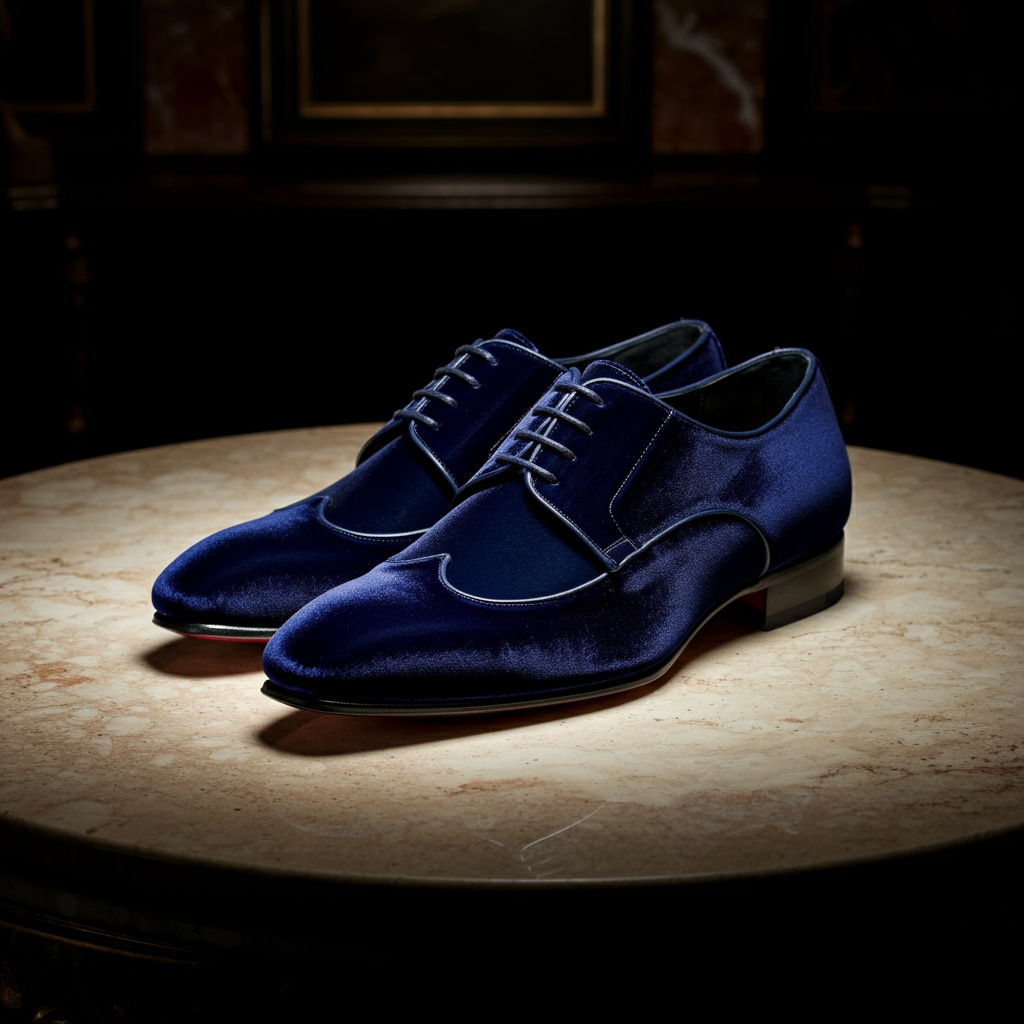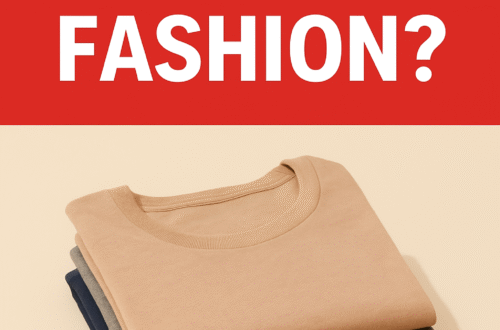Have you ever wondered what it feels like to walk on clouds? While that might be a stretch, slipping on a pair of friulane shoes comes pretty close. These charming, slipper-like shoes have gracefully stepped out of the canals of Venice and into the closets of fashion lovers worldwide. They blend centuries of Italian craftsmanship with a simple, elegant design that feels both timeless and modern.
But what exactly are friulane shoes? They are more than just a pretty flat. Originating from the Friuli region of Italy, these shoes have a rich history rooted in resourcefulness and artistry. Traditionally made from velvet with a sturdy sole crafted from recycled bicycle tires, they represent a beautiful story of sustainability and comfort.
Today, they are celebrated for their incredible versatility. You can wear them while lounging at home, running errands, or even dressing up for a casual evening out. This guide will walk you through everything you need to know about this beloved Italian footwear.
Key Takeaways
- friulane shoes are traditional Italian slippers known for their comfort, velvet uppers, and unique stitched soles.
- They have a rich history originating in 19th-century Friuli, where they were made by resourceful local women.
- Their signature construction includes a soft upper, often made of velvet, and a durable, hand-stitched sole.
- These versatile shoes can be styled with everything from jeans and dresses to tailored trousers, making them a wardrobe staple.
What Are Friulane Shoes? A Closer Look
At its heart, a pair of friulane shoes is the embodiment of understated Italian elegance. Also known as furlane or Venetian slippers, they are lightweight, flexible flats characterized by their soft fabric upper and distinct, hand-stitched sole. The design is simple yet sophisticated, lacking laces, buckles, or any other flashy hardware. This minimalism is key to their appeal, allowing the rich texture of the fabric and the quality of the craftsmanship to shine.
The upper part of the shoe is traditionally made from velvet, which gives them their luxurious look and feel. However, modern interpretations have expanded to include other materials like cotton, linen, and even recycled fabrics. The sole is perhaps the most defining feature. Historically, it was made from layers of old fabric scraps and recycled rubber from bicycle tires, all painstakingly stitched together by hand. This technique not only made the shoes durable but also waterproof and slip-resistant, perfect for navigating the wet, cobblestoned streets of Venice.
The Rich History of Friulane Shoes
The story of friulane shoes begins in the countryside of the Friuli region in northeastern Italy during the 19th century. In an era of poverty and limited resources, local women demonstrated incredible ingenuity. They used whatever materials they could find to create footwear for their families. Old clothes and burlap sacks were transformed into the uppers, while the soles were crafted from layers of fabric scraps held together with intricate stitching.
These humble beginnings gave the shoes their resilient and comfortable character. They were originally made for wearing around the home or for special occasions like weddings. After World War II, the craft migrated to Venice. The famous gondoliers of Venice adopted them because the soft, rubber-soled shoes wouldn’t scratch the precious varnish on their gondolas. This association with the iconic city cemented their place in Italian culture. From the fields of Friuli to the canals of Venice, friulane shoes have always been a symbol of resourcefulness, comfort, and quiet style.
The Anatomy of a Venetian Slipper
Understanding what makes friulane shoes so special requires looking closely at how they are made. Each element is carefully considered to maximize comfort and longevity.
The Velvet Upper
The most noticeable part of the shoe is its upper. Classic friulane shoes use high-quality velvet, which provides a plush feel and a rich, deep color. This material instantly elevates the simple silhouette, making it feel luxurious. While velvet remains the most popular choice, you can now find them in a variety of fabrics to suit different seasons and styles.
The Hand-Stitched Sole
The sole is the true work of art. The traditional construction involves a complex process of hand-stitching multiple layers of fabric and rubber. This stitching is often visible along the edge of the shoe, creating a beautiful, artisanal detail. This method results in a sole that is not only durable but also incredibly flexible, allowing the shoe to mold perfectly to the wearer’s foot. The rubber outsole provides excellent grip, making them practical for everyday wear.
The Comfortable Insole
Inside, friulane shoes often feature a soft, cushioned insole. This adds another layer of comfort, making it feel like you are wearing a slipper all day long. The combination of the soft upper, flexible sole, and cushioned insole creates a shoe that is truly a joy to wear.
How to Style Your Friulane Shoes
One of the best things about friulane shoes is their incredible versatility. They can be dressed up or down with ease, making them a valuable addition to any wardrobe.
For a Casual, Everyday Look
For a relaxed and chic daytime outfit, pair your friulane shoes with your favorite jeans. Whether you prefer cropped, straight-leg, or wide-leg denim, these shoes add a touch of effortless cool. A simple t-shirt or a cozy knit sweater completes the look. The pop of color from a pair of jewel-toned velvet furlane can instantly brighten up a simple outfit.
For a Feminine and Flowy Style
These shoes look wonderful with dresses and skirts of all lengths. Pair them with a flowy midi or maxi dress for a bohemian-inspired look that is perfect for a weekend brunch or a stroll through a farmer’s market. For a shorter hemline, a mini skirt paired with friulane shoes creates a playful and youthful vibe.
For a Polished, Office-Ready Outfit
Who says office wear has to be uncomfortable? Swap your heels for a pair of elegant friulane shoes. They look incredibly chic with tailored trousers or wide-leg pants. Choose a pair in a neutral color like black, navy, or gray for a more professional feel. Paired with a crisp button-down shirt or a silk blouse, you have a comfortable yet sophisticated work-appropriate outfit. You can find more styling inspiration at the truefashionstory.com Blog.
Friulane Shoes vs. Espadrilles vs. Loafers
With so many flat shoe options available, how do friulane shoes stand out? Here’s a comparison to help you understand their unique qualities.
|
Feature |
Friulane Shoes |
Espadrilles |
Loafers |
|---|---|---|---|
|
Origin |
Friuli, Italy |
Pyrenees, Spain |
Norway / USA |
|
Upper Material |
Traditionally velvet; also cotton, linen |
Canvas, cotton |
Leather, suede |
|
Sole Construction |
Stitched rubber & fabric |
Woven jute rope |
Hard leather or rubber |
|
Overall Vibe |
Artisanal, relaxed, elegant |
Casual, summery, bohemian |
Classic, preppy, formal |
|
Flexibility |
Very high |
Moderate |
Low to moderate |
As the table shows, while all three are popular slip-on styles, friulane shoes offer a unique combination of slipper-like comfort, artisanal craftsmanship, and versatile elegance that sets them apart.
Caring for Your Velvet Slippers
To keep your friulane shoes looking their best, a little care goes a long way. Since many are made from delicate materials like velvet, you want to treat them gently.
- Spot Cleaning: For minor scuffs or stains, spot cleaning is the best method. Use a soft cloth dampened with a small amount of water and a gentle soap. Dab the affected area carefully without rubbing too hard.
- Avoid the Washing Machine: Never put your velvet friulane shoes in the washing machine. The machine’s agitation and harsh detergents can damage the velvet pile and the structure of the shoe.
- Brushing the Velvet: To refresh the velvet and remove dust, use a soft-bristled brush. Gently brush the fabric in the direction of the pile to keep it looking plush and clean.
- Proper Storage: Store your shoes in a cool, dry place away from direct sunlight, which can cause the color to fade. Using a shoe bag can help protect them from dust and getting squashed.
Where to Find Authentic Friulane Shoes
Finding authentic, handcrafted friulane shoes is key to experiencing their true comfort and quality. While many brands have started creating their own versions, look for those that honor the traditional Italian craftsmanship. Small, family-run workshops in Italy are often the best source. Many of these artisans now sell their products online, making it possible to purchase a piece of Italian heritage from anywhere in the world.
When shopping, pay attention to the details. Look for the signature stitching around the sole and check the materials used. Authentic pairs will often highlight their “Made in Italy” origin and the hand-finished details. Investing in a well-made pair ensures you get a shoe that is not only beautiful but will also last for years to come.
The Sustainable Choice in Modern Footwear
In an age of fast fashion, friulane shoes stand out as a model of sustainability. Their very origin is rooted in the idea of upcycling and using resources wisely. The traditional method of using leftover fabric scraps and recycled bicycle tires for the soles is a practice that modern sustainable brands strive to emulate.
By choosing a pair of handcrafted friulane shoes, you are supporting a slow fashion movement. You are investing in a product made with care, intended to be worn and loved for a long time. This approach contrasts sharply with the disposable nature of many mass-produced shoes. The longevity and timeless style of these Venetian slippers mean they won’t go out of fashion next season, reducing waste and promoting a more mindful approach to consumption.
Frequently Asked Questions (FAQ)
Q: Are friulane shoes comfortable for walking?
A: Absolutely! They are known for their comfort. The flexible sole and soft upper make them ideal for walking, though they are best suited for city streets and indoor wear rather than rugged terrain.
Q: Do you wear socks with friulane shoes?
A: It’s a matter of personal preference. Traditionally, they are worn without socks to fully appreciate the soft interior. However, if you prefer, you can wear them with no-show socks.
Q: Do friulane shoes run true to size?
A: Sizing can vary by brand, so it’s always best to check the manufacturer’s size guide. Some people find they run slightly small and prefer to size up, especially if they are between sizes or plan to wear socks.
Q: Can I wear friulane shoes in the rain?
A: While the traditional rubber soles offer some water resistance, the velvet uppers are not waterproof. It’s best to avoid wearing them in heavy rain to protect the fabric.





